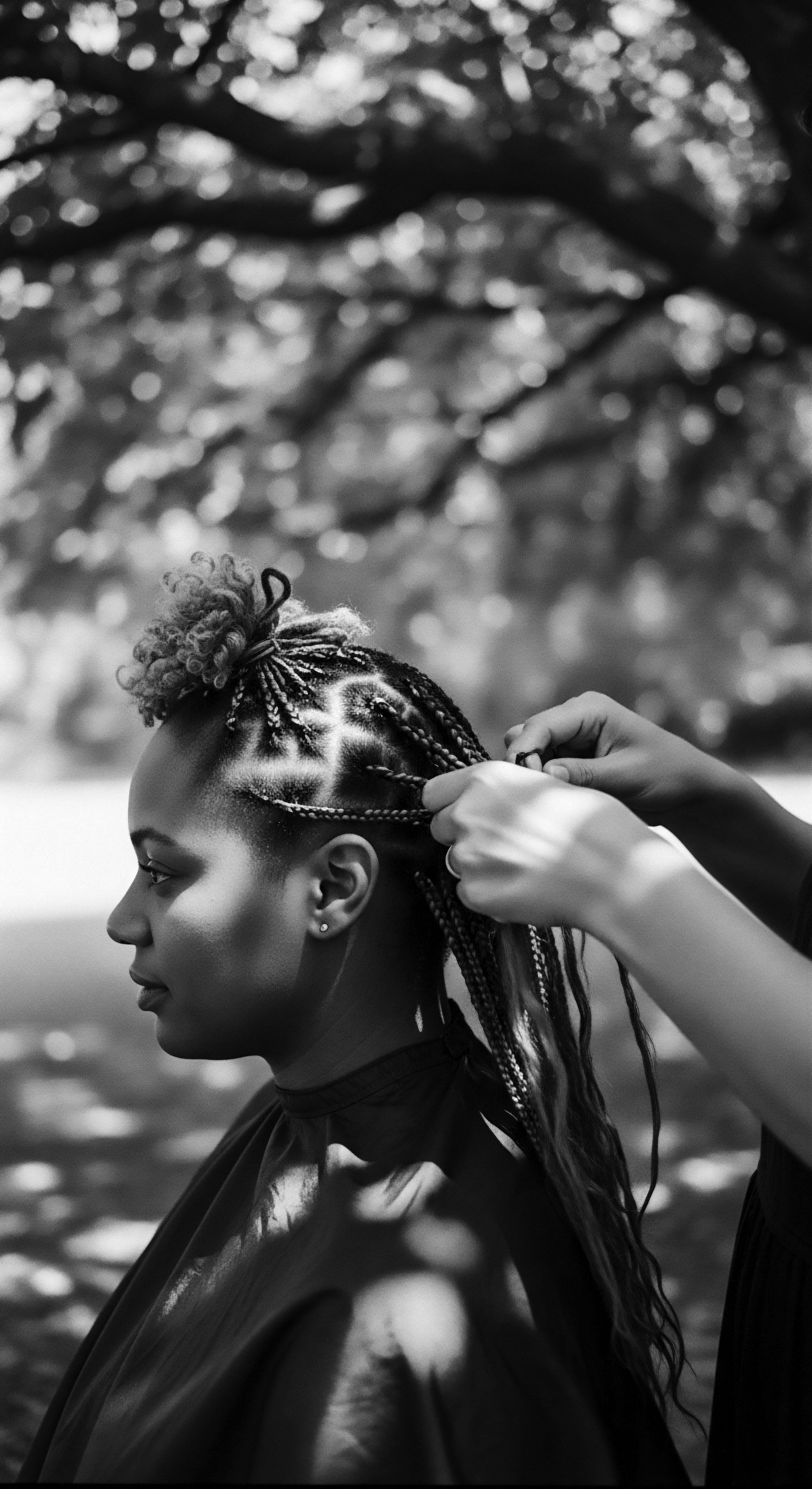
Roots
To stand before the mirror of our shared ancestry, gazing back at the ancient Egyptians and their meticulous hair traditions, is to witness a profound testament to care, identity, and resilience. For those whose lineage carries the intricate spirals and tight coils of textured hair, this looking back is not a mere historical exercise; it is a homecoming. It speaks to a deep, ancestral wisdom, echoing across millennia, affirming that the beauty and distinct needs of our hair have always been seen, honored, and cultivated. We are not just learning about ancient practices; we are recognizing a continuation of heritage, a legacy of understanding the very biology and spirit of textured strands.
The dry winds of the Nile Valley, the blazing sun, and the ever-present dust of ancient Kemet presented a unique set of challenges for hair health. Yet, within these conditions, the Egyptians developed sophisticated approaches, not just for aesthetics, but for protection and hygiene. Their understanding of hair, while not articulated in modern scientific terms, reflected an intuitive grasp of its structure and vulnerabilities. They knew, as we do now, that hair, particularly hair with a tighter curl pattern, requires specific attention to maintain its vitality and resist breakage.
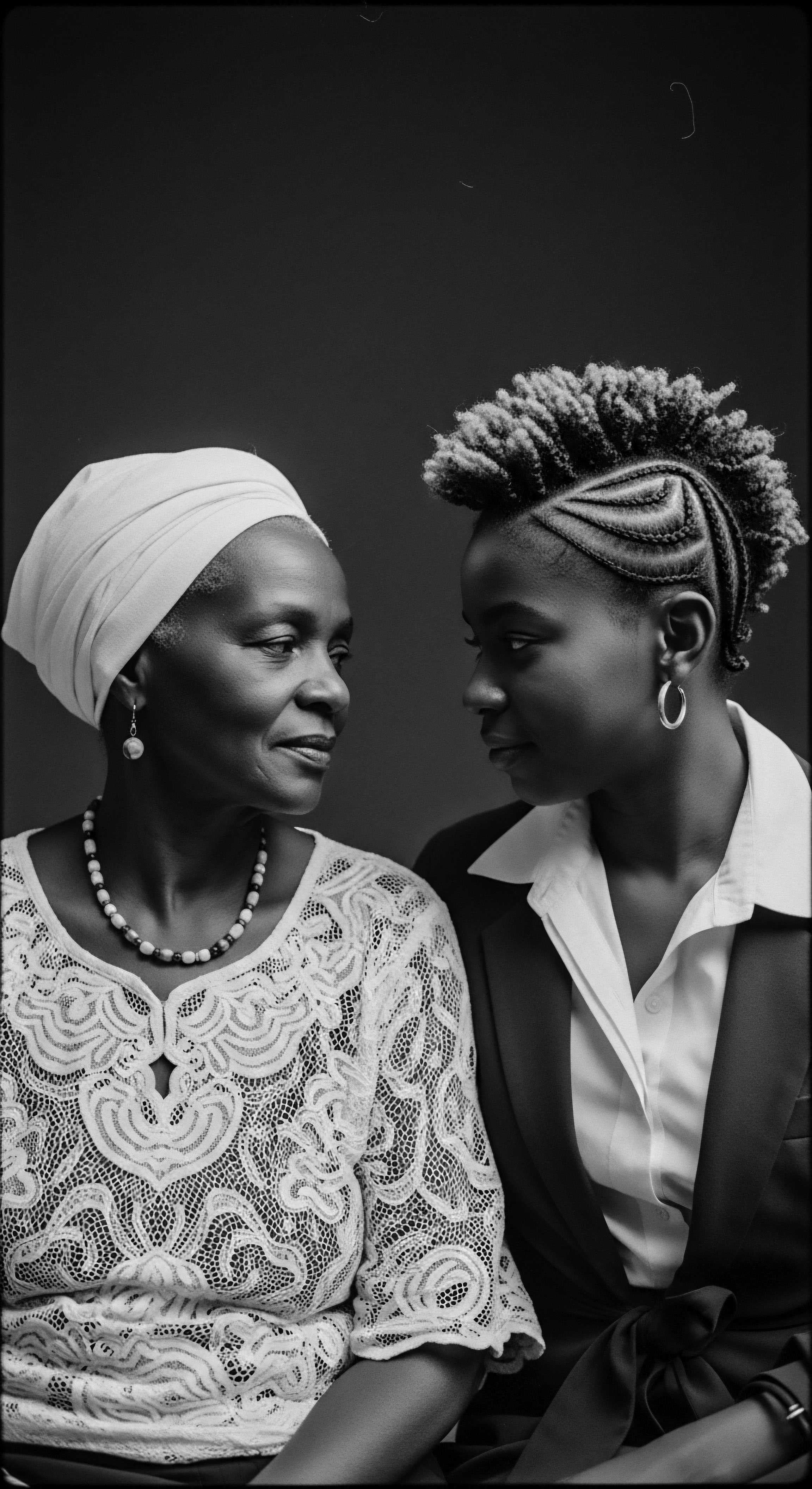
What Constitutes Textured Hair from an Ancient Perspective?
When we consider the hair of ancient Egyptians, it is essential to acknowledge the diversity of hair types present within that civilization. While popular depictions often generalize, archaeological findings and analyses of mummified remains show a spectrum of hair textures. Evidence from mummies reveals hair that ranges from straight to wavy, and importantly, to the coiled and tightly curled forms often seen in populations of African descent.
This recognition is vital, for it anchors our understanding of their care practices firmly within the context of textured hair heritage. The term “textured hair” here encompasses the full range of natural curl patterns, from waves to coily structures, all of which benefit from specific, moisture-retaining care.
The Egyptians, keenly observant of the natural world, likely understood hair’s elemental biology through its observable characteristics ❉ its strength, its capacity to retain shape, and its response to moisture or dryness. They developed a lexicon of care that addressed these qualities, demonstrating a functional understanding of what modern science calls the hair shaft, cuticle, and cortex. Their methods were not random; they were a response to the inherent nature of the hair they possessed and sought to adorn.
Ancient Egyptian hair care was a testament to ancestral wisdom, reflecting an intuitive understanding of diverse hair textures and their environmental needs.
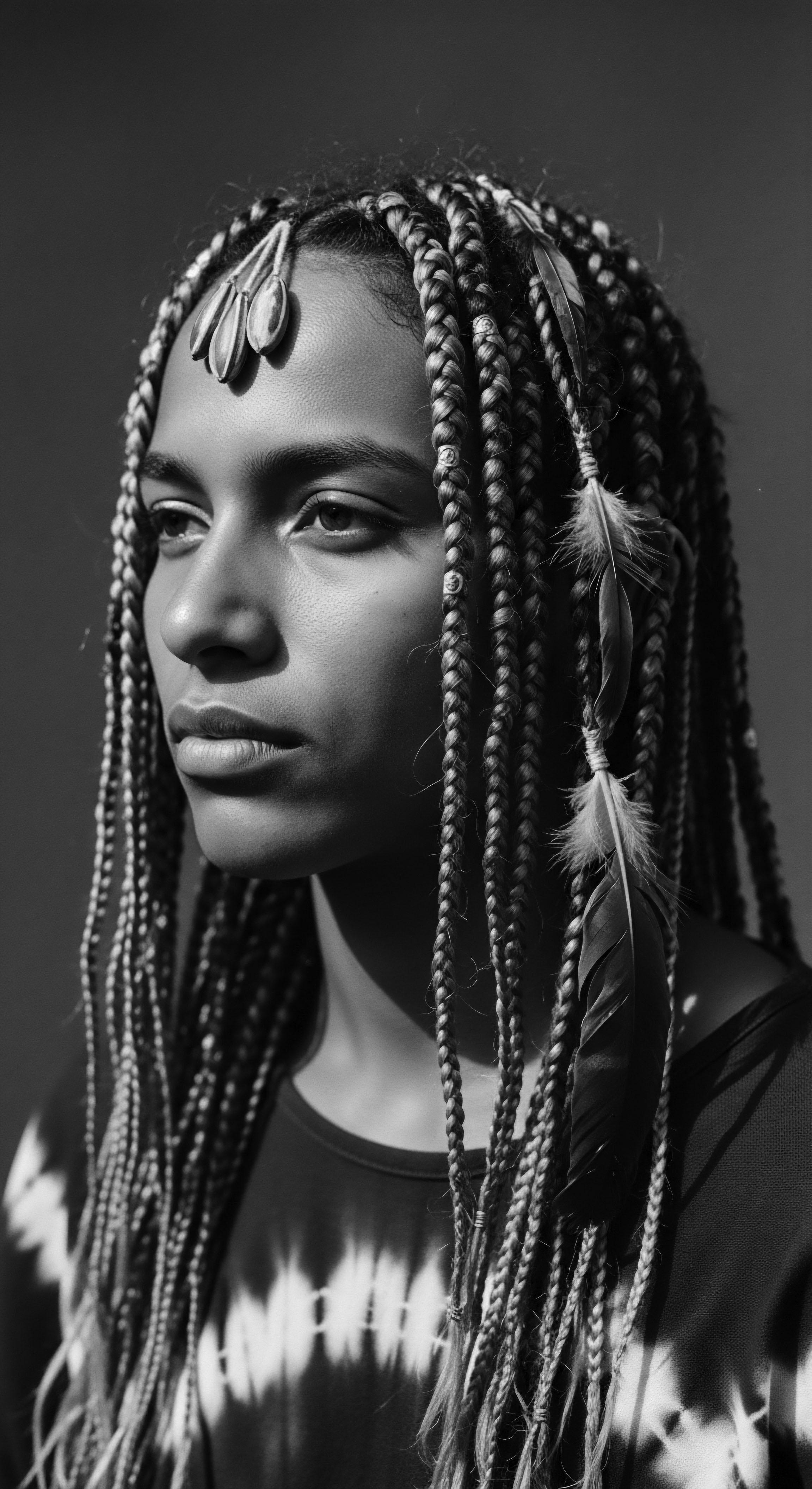
Ancestral Hair Anatomy and Its Care
The hair strand, a complex protein filament, even in ancient times, faced environmental stressors. The dry Egyptian climate would have stripped moisture, making hair prone to dryness and brittleness. For textured hair, with its naturally raised cuticle and elliptical shape, this challenge is amplified, as natural oils struggle to travel down the coiled strand. The Egyptians countered this with a consistent application of oils and fats.
Analyses of mummified hair, some dating back 3,500 years, reveal the presence of a fat-based substance, likely a styling product, designed to keep hair in place and protected. This “hair gel” contained biological long-chain fatty acids, suggesting a deliberate formulation for hair health and preservation.
- Plant Oils ❉ Ancient Egyptians regularly used natural oils such as Castor Oil and Almond Oil for hair nourishment and strength. These oils would have provided lubrication and a protective barrier against the arid climate.
- Animal Fats ❉ Historical accounts and archaeological findings indicate the use of animal fats, such as from Ibex, Lions, Crocodiles, and Geese, applied to the scalp and hair as remedies and styling agents. These fats, rich in lipids, would have offered deep conditioning and shine.
- Resins and Waxes ❉ Beeswax and plant resins were also utilized to set hairstyles and provide a lasting hold, particularly for intricate styles and wigs. This practice speaks to a desire for longevity in styling, a common goal for textured hair.
The meticulous attention to oiling and conditioning speaks to a deep-seated knowledge passed down through generations. This is a foundational aspect of textured hair care that resonates strongly with contemporary practices within Black and mixed-race communities, where oiling the scalp and strands remains a cherished ritual for moisture and growth.
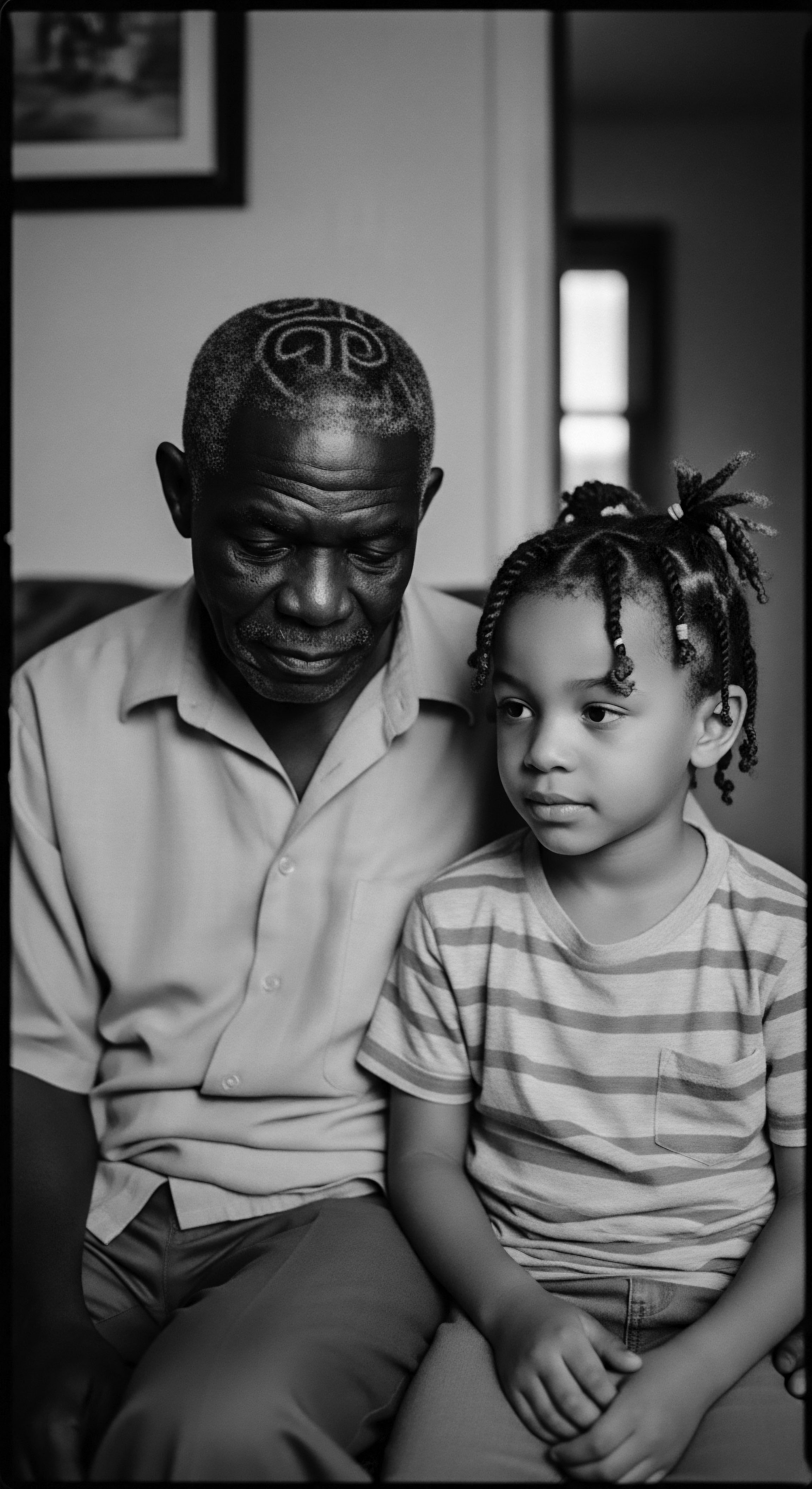
Ritual
As we turn our attention from the fundamental structure of hair to the deliberate actions of its care, we step into the realm of ritual—a space where intention, practice, and heritage intertwine. For the ancient Egyptians, hair styling and maintenance were far from mundane tasks; they were imbued with social, spiritual, and personal meaning. The methods they employed for textured hair were not simply about aesthetics; they were about hygiene, status, and a connection to the divine. This journey into their rituals allows us to observe how ancient ingenuity shaped hair practices that echo in our contemporary care routines, underscoring the enduring legacy of ancestral wisdom.
The ancient Egyptians’ engagement with hair was a sophisticated art, often involving tools and techniques that find parallels in modern textured hair care. From the simplest comb to the most elaborate wig, each element played a role in their comprehensive approach. The arid environment necessitated protective measures, and their solutions were both practical and symbolic.
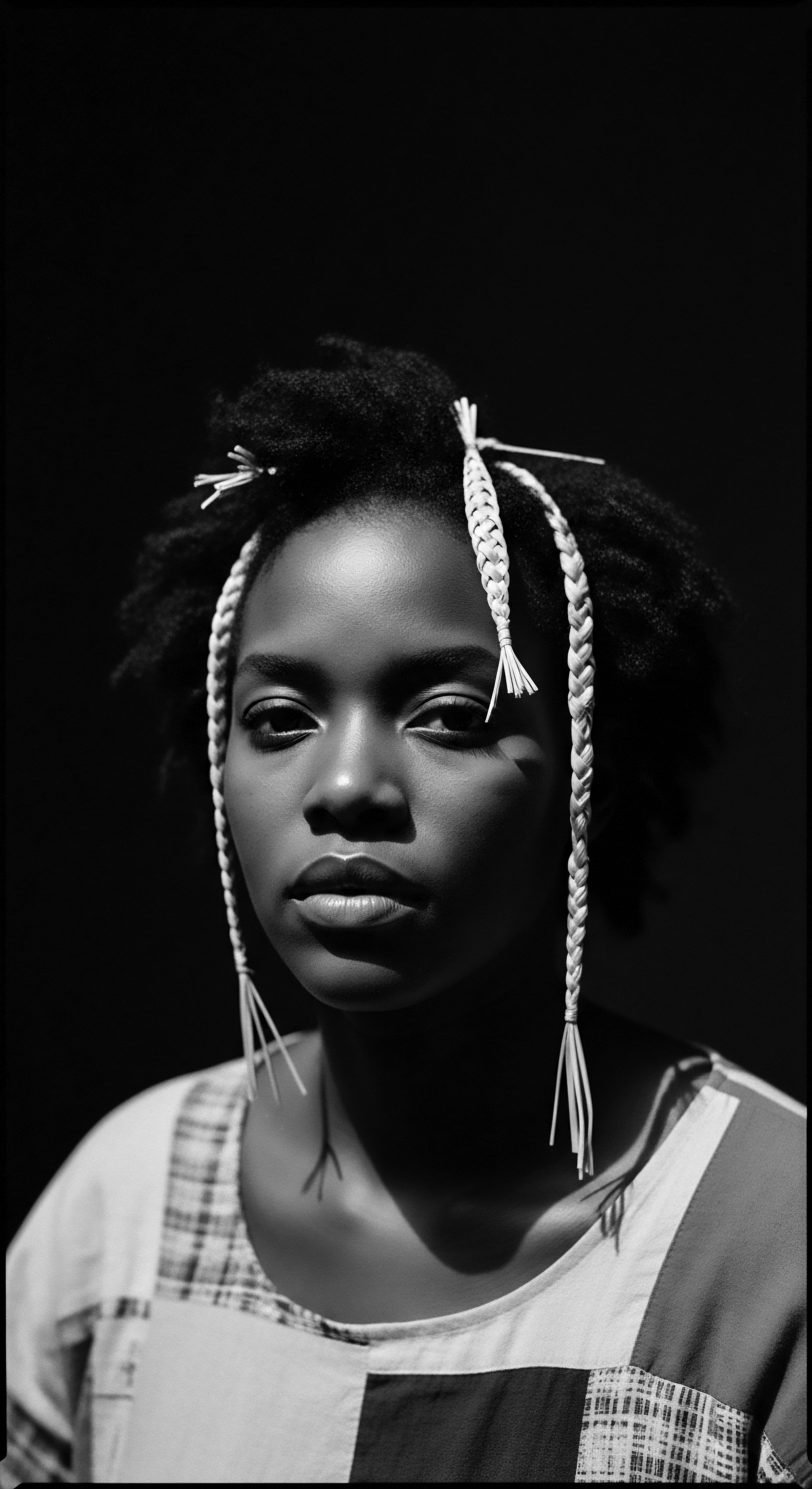
How Did Ancient Egyptians Protect Their Hair from the Elements?
The harsh Egyptian sun and sand posed constant threats to hair health. To combat this, protective styling was a common and highly effective strategy. Braiding, a practice with roots dating back thousands of years in Africa, was widely used by ancient Egyptians across all social classes.
These intricate plaits and twists not only served as decorative adornments but also shielded the hair from environmental damage, minimized tangling, and reduced the need for daily manipulation, thus preventing breakage. This protective approach aligns with modern textured hair care, where styles like braids, twists, and cornrows are vital for maintaining length and health.
Wigs and hair extensions were another significant aspect of ancient Egyptian hair protection and styling. These were not merely fashion statements; they offered practical benefits, including protection from lice and the sun’s intense rays, especially for those who shaved their heads for hygiene or religious reasons. Wigs, often crafted from human hair or plant fibers, were meticulously constructed with braided foundations and styled using beeswax and animal fats for hold and luster.
The earliest known hair extensions date to approximately 3400 BCE, discovered in a female burial at Hierakonpolis. This historical evidence speaks to a long-standing tradition of augmenting and protecting natural hair, a practice deeply relevant to textured hair heritage.
Ancient Egyptian styling rituals, including braiding and wig use, provided essential protection against environmental stressors, mirroring contemporary textured hair care practices.
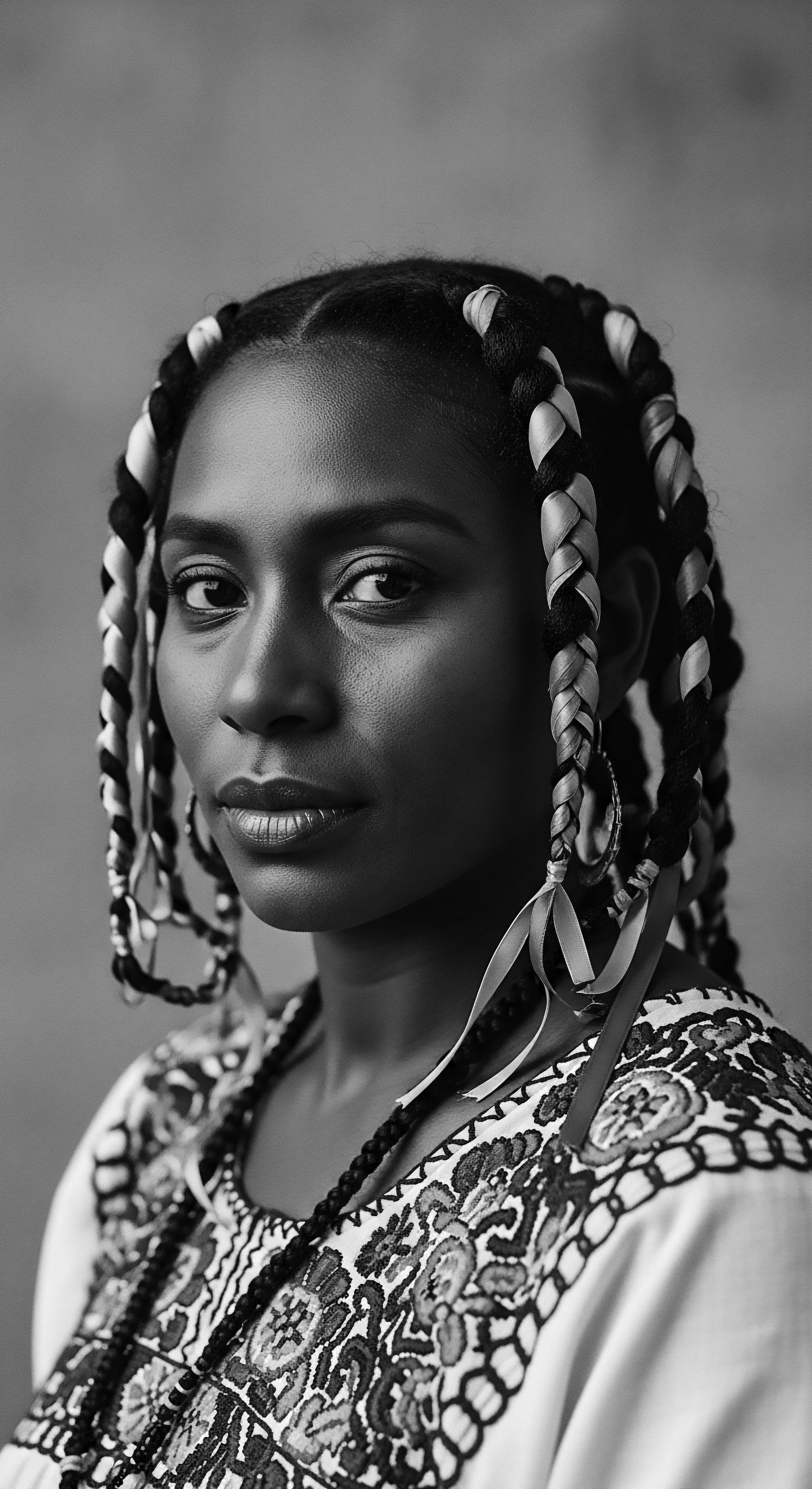
Styling Tools and Techniques for Diverse Hair Textures
The toolkit of an ancient Egyptian hair stylist or barber, as revealed through archaeological findings and tomb paintings, was surprisingly comprehensive. Combs, often crafted from ivory or wood, were essential for detangling and styling. These combs, some dating back to 3900 BCE, sometimes featured elaborate animal motifs, highlighting their dual function as practical implements and decorative objects. Razors, made of copper or bronze, were used for shaving heads or trimming hair, particularly among men and priests who maintained clean-shaven scalps for ritual purity.
The artistry extended to creating and maintaining various styles. Beyond simple braids, the Egyptians fashioned elaborate coiffures that incorporated curls and plaits, especially during the New Kingdom period. Mummies with hair coated in fat-based substances, which served as a “hair gel,” suggest a desire to maintain these styles with lasting hold. This fat-based product, rich in long-chain fatty acids, would have also provided conditioning benefits, contributing to the hair’s overall health and appearance.
The attention to detail in these practices, from the selection of ingredients to the creation of intricate styles, reflects a deep cultural appreciation for hair. This appreciation is a cornerstone of textured hair heritage, where hair is not just fiber, but a canvas for self-expression, a symbol of identity, and a repository of ancestral knowledge.
| Ancient Ingredient/Practice Castor Oil |
| Purpose in Antiquity Nourishment, strengthening, moisture retention |
| Connection to Modern Textured Hair Care Heritage A widely used oil in Black and mixed-race hair care for growth, scalp health, and sealing moisture. |
| Ancient Ingredient/Practice Almond Oil |
| Purpose in Antiquity Softening, shine, conditioning |
| Connection to Modern Textured Hair Care Heritage A popular lightweight oil for moisturizing, reducing frizz, and adding luster to textured hair. |
| Ancient Ingredient/Practice Beeswax/Animal Fats |
| Purpose in Antiquity Styling hold, sealing moisture, protection |
| Connection to Modern Textured Hair Care Heritage Used for edge control, twisting, braiding, and sealing moisture in many traditional and contemporary styles. |
| Ancient Ingredient/Practice Henna |
| Purpose in Antiquity Hair dye, strengthening, conditioning |
| Connection to Modern Textured Hair Care Heritage Still used today for natural hair coloring, conditioning, and strengthening, particularly in North African and South Asian heritage practices. |
| Ancient Ingredient/Practice Braiding |
| Purpose in Antiquity Protective styling, hygiene, social signaling |
| Connection to Modern Textured Hair Care Heritage A fundamental protective style in Black and mixed-race hair communities, valued for growth retention and versatility. |
| Ancient Ingredient/Practice These ancient practices offer a window into the enduring wisdom of hair care, demonstrating a continuous lineage of understanding and adapting to textured hair's unique needs. |
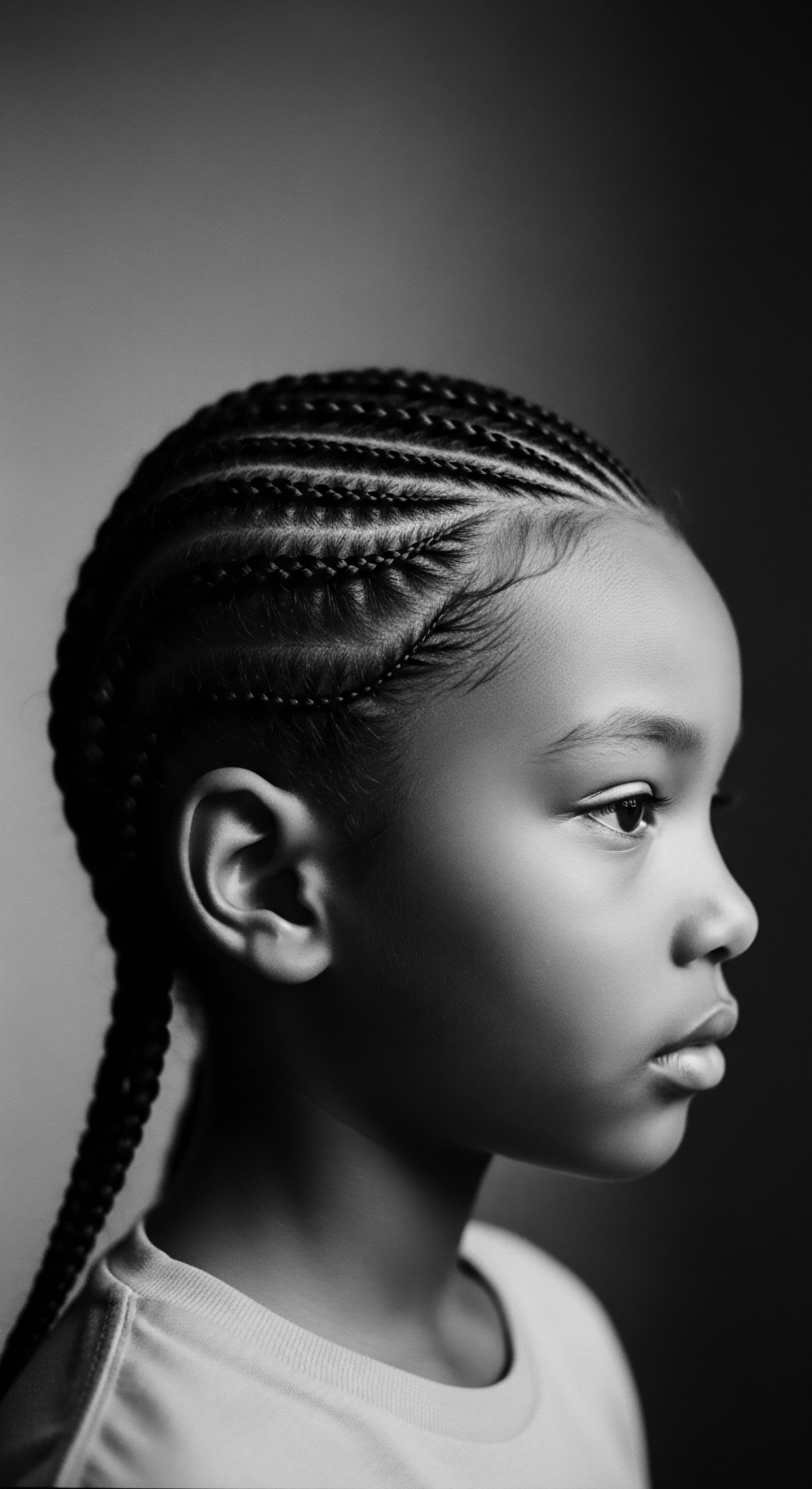
Relay
To consider the enduring legacy of ancient Egyptian hair care is to engage in a profound relay across time, where the wisdom of ancestral practices informs and enriches our present understanding of textured hair heritage. This exploration transcends mere historical fact, reaching into the very core of identity, social structure, and spiritual connection. How did the Egyptians’ approach to hair, particularly textured hair, contribute to a cultural narrative that continues to resonate with Black and mixed-race experiences today? The answer lies in the interwoven threads of biology, symbolism, and a deep-seated reverence for hair as a powerful extension of self.
The ancient Egyptians’ practices were not isolated acts of vanity; they were integral to their societal fabric. Hair, and its careful presentation, communicated status, gender, age, and even religious devotion. This emphasis on hair as a visual language speaks volumes about its importance, especially within a civilization that valued order, purity, and connection to the divine. For textured hair, often subject to scrutiny and misunderstanding in later historical contexts, the Egyptian recognition of its beauty and versatility stands as a powerful ancestral affirmation.
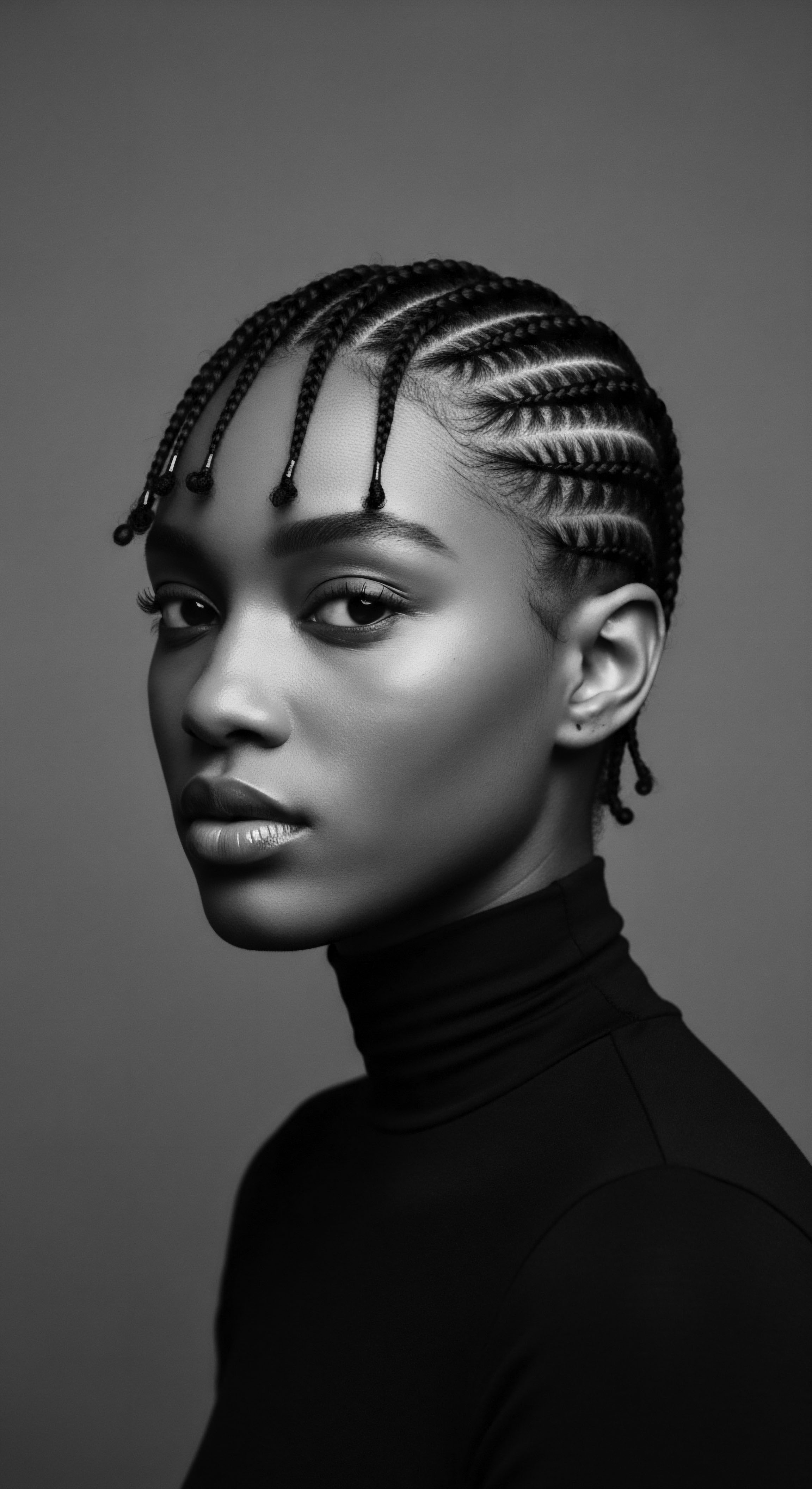
What Was the Societal Role of Hair in Ancient Egypt?
Hair served as a significant marker of social standing and personal identity in ancient Egypt. The elite, including royalty and religious figures, frequently wore elaborate wigs, meticulously crafted from human hair or plant fibers, often adorned with precious materials. These wigs, sometimes weighing up to 3 kilograms, were not simply decorative; they were potent symbols of wealth, prestige, and connection to divine authority. This practice highlights a historical precedent for hair as a statement of power and belonging, a concept deeply familiar within Black and mixed-race communities where hair styles often carry profound cultural and political weight.
Beyond the elite, hair styles communicated roles across the societal spectrum. Men often kept their hair short or shaved, while women generally maintained longer styles, sometimes adorned with ribbons or jewels. Children typically wore a “sidelock of youth,” a single plait, until puberty, a ritualistic style linked to protection and religious significance. This codified use of hair for identification underscores a societal understanding of hair’s communicative power, predating many later narratives that sought to diminish or devalue textured hair.
Ancient Egyptian hair practices conveyed profound social and spiritual meanings, establishing a heritage of hair as a marker of identity and status.
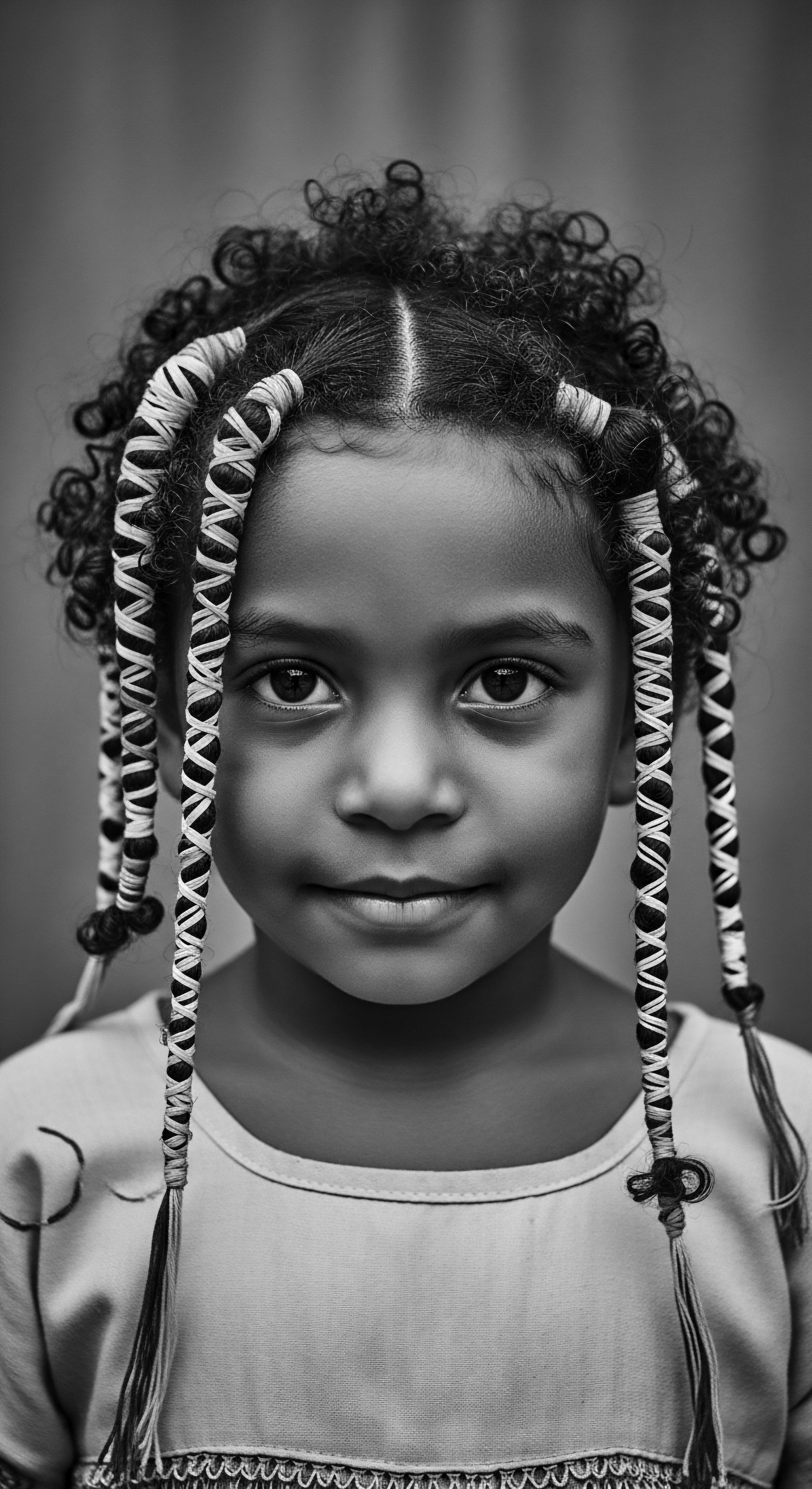
Ancestral Science and Enduring Practices
The Egyptians’ care for textured hair, while lacking modern scientific terminology, was rooted in empirical observation and practical application. Their use of oils and fats, as evidenced by chemical analyses of mummified hair, was a sophisticated approach to moisturizing and protecting hair. The fatty acids present in these ancient “gels” would have mimicked the natural lipids that are crucial for maintaining the integrity of the hair shaft, especially for coily and curly textures prone to dryness. This ancient knowledge aligns remarkably with contemporary hair science, which validates the importance of lipid-rich emollients for textured hair health.
The continuity of certain practices, such as braiding, further illustrates this ancestral scientific understanding. Braiding, a practice with deep African roots, provides a protective shield, minimizing manipulation and environmental exposure, thereby reducing breakage and promoting length retention. This is a direct biological benefit that the Egyptians, through generations of observation, understood and integrated into their daily lives. The fact that archaeologists have found ancient Egyptian mummies with elaborate braided styles, including extensions, speaks to a consistent application of these protective methods across thousands of years.
Consider the “Nubian wig,” which became popular during the Amarna period, believed to mimic the short, curly hair worn by Nubian tribespeople. Queen Nefertiti herself is thought to have adopted this style, indicating a cross-cultural appreciation for diverse hair textures within the Egyptian context. This example serves as a powerful historical counter-narrative to later periods where African hair textures were often marginalized, demonstrating an early acknowledgment and even admiration of varied hair forms.
The Egyptians’ holistic approach to hair care also extended to addressing issues like graying and baldness, with texts detailing remedies, even if their efficacy is debated by modern standards. This consistent pursuit of hair wellness, integrating natural ingredients and practical techniques, establishes a clear lineage of care that continues to shape our understanding of textured hair heritage. The echoes of their practices, from the application of nourishing oils to the artistry of protective styles, resound in the holistic wellness traditions upheld within Black and mixed-race communities today, underscoring a deep, inherited wisdom about the soul of a strand.
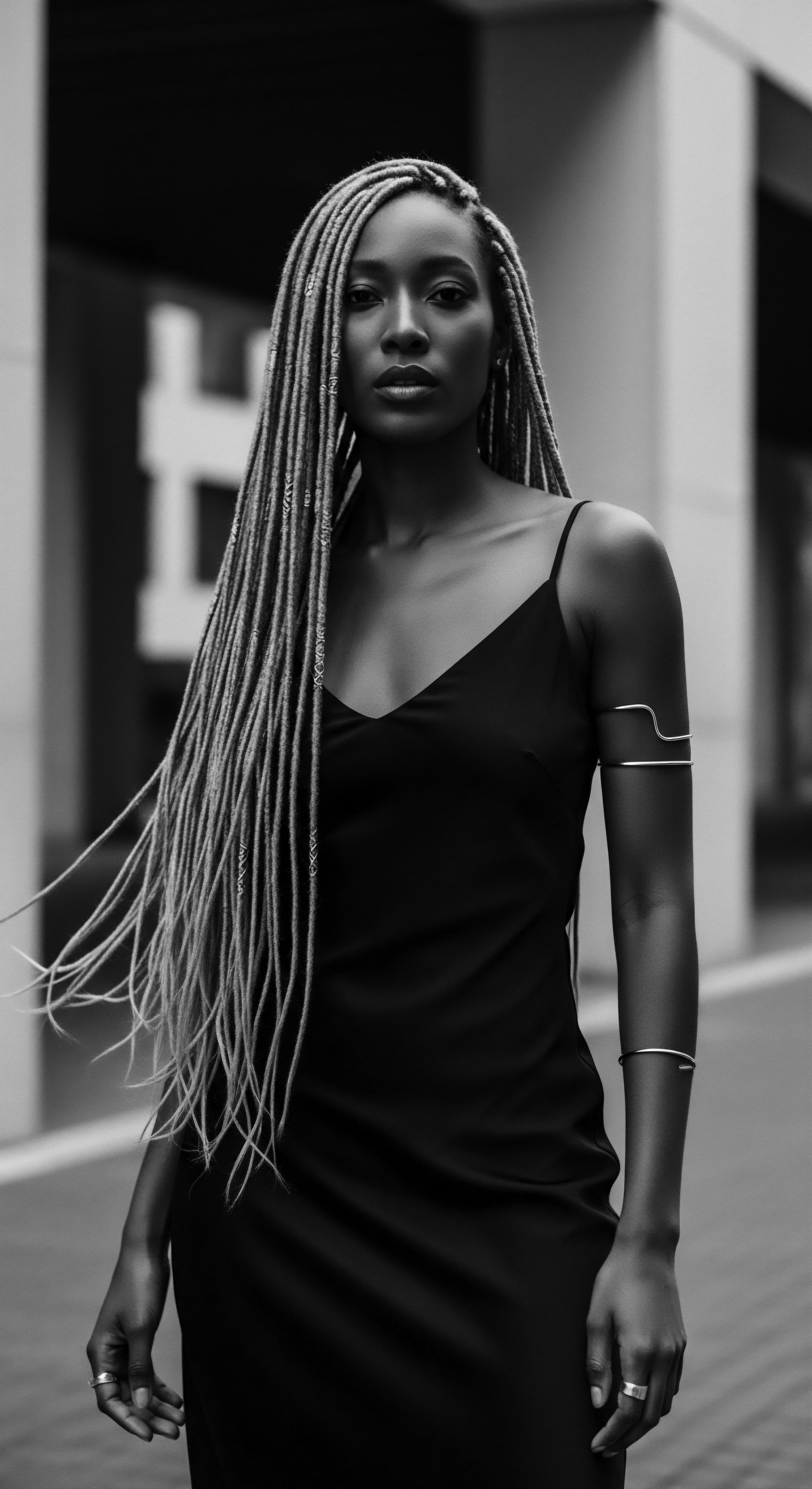
Reflection
To journey through the ancestral practices of ancient Egyptian hair care is to recognize a profound continuity, a living archive within the very fibers of textured hair. It is a testament to the enduring wisdom of those who walked before us, whose meticulous attention to hair was not merely about outward appearance, but about an inner understanding of self, community, and connection to the cosmos. The legacy they bequeathed is a vibrant affirmation for Black and mixed-race individuals, reminding us that our hair, in all its coiled and spiraled glory, has always been cherished, adorned, and protected.
The meticulous oiling, the artistry of braiding, the ingenuity of wigs for protection and status—these were not fleeting trends but deeply ingrained practices, born of a respect for the hair’s inherent qualities and the environmental realities. This ancient reverence for hair, particularly textured hair, provides a powerful historical anchor, grounding our contemporary appreciation in a heritage that spans millennia. It reminds us that the quest for healthy, radiant textured hair is not a modern invention, but a timeless pursuit, echoing the aspirations of our forebears along the Nile. Their methods, passed down through generations, speak to a knowledge system that understood hair as a sacred extension of being, a tradition that continues to shape our holistic approach to hair wellness today.
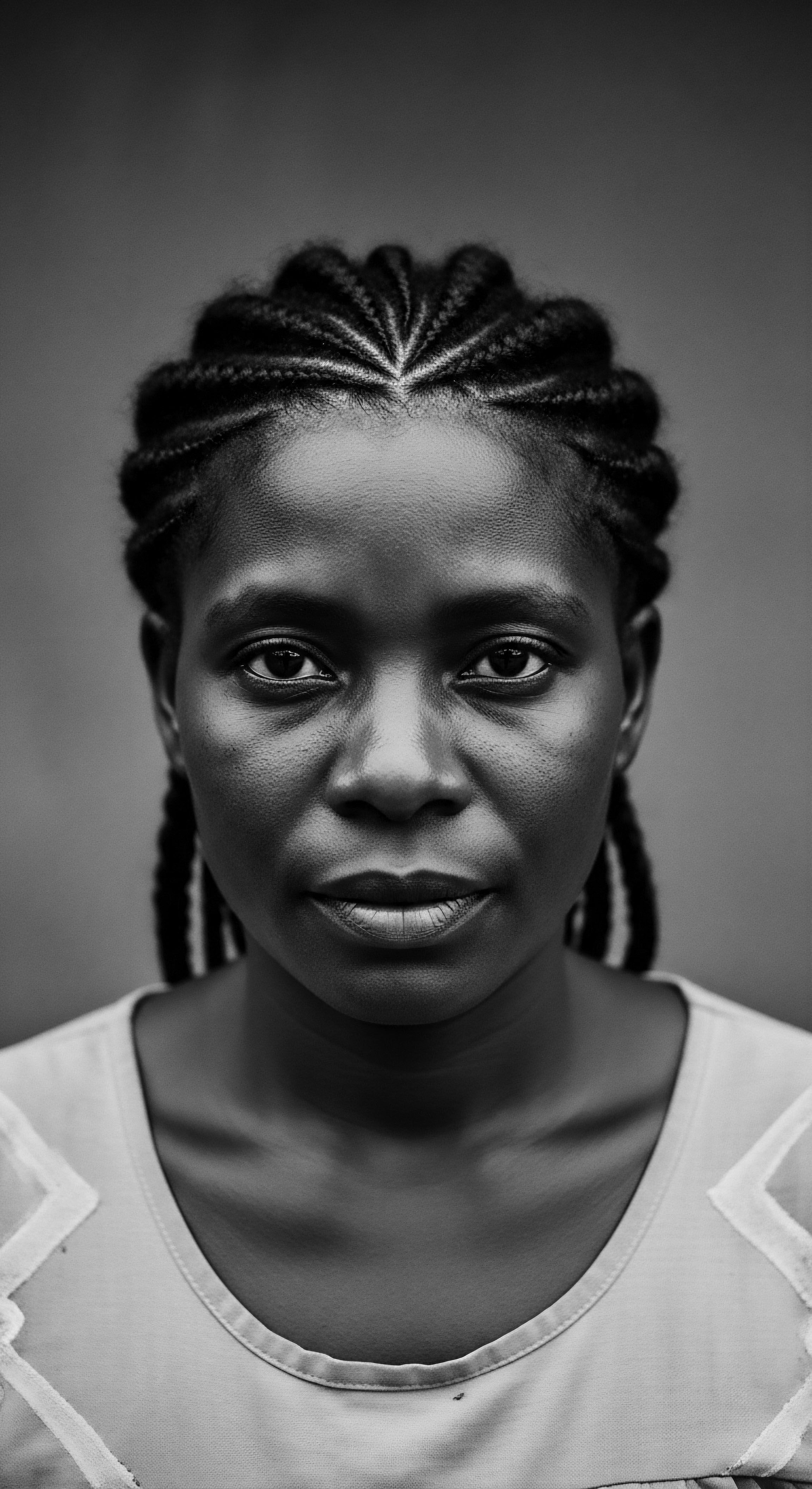
References
- Fletcher, J. (1995). Ancient Egyptian Hair ❉ A Study of the Evidence. University of Manchester.
- Fletcher, J. & Salamone, F. (2016). An Ancient Egyptian Wig ❉ Construction and Reconstruction. Internet Archaeology, 42.
- Lucas, A. (1930). Ancient Egyptian Materials and Industries. Edward Arnold & Co.
- McCreesh, N. & Gize, A. P. (2011). An Integrated Study of the Hair Coating of Ancient Egyptian Mummies. Journal of Archaeological Science, 38(11), 2955-2962.
- Tassie, G. J. (2014). The Social and Ritual Contextualisation of Ancient Egyptian Hair and Hairstyles from the Protodynastic to the End of the Old Kingdom. UCL Discovery.
- Valdesogo Martín, M. R. (2013). The hair was a symbol of chaos in Ancient Egypt. Hair and Death in Ancient Egypt .
- Tassie, G. J. (2009). Hair and Hairdressing in Ancient Egypt. BAR International Series 1968.
- Tassie, G. J. (2010). Hair and hairstyles in ancient Egypt ❉ A preliminary investigation. Journal of Egyptian Archaeology, 96(1), 173-194.
